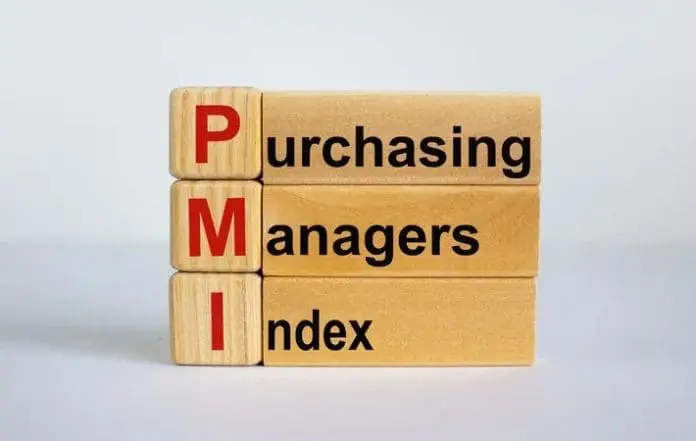By Ghana News
Copyright ghanamma

Ghana’s private sector slipped into contraction in September for the first time in seven months, despite companies reporting continued growth in new orders and maintaining robust confidence about the future.
The S&P Global Ghana Purchasing Managers’ Index (PMI) dropped to 49.8 in September from 50.8 in August, falling just below the 50-point threshold that separates expansion from contraction. While the decline signals a marginal deterioration in business conditions, it’s the first time since February that the index has dipped into negative territory.
What’s particularly striking about September’s data is the disconnect between falling output and rising demand. Companies reported their eighth consecutive month of new order growth, yet business activity declined for the third month running. This unusual pattern reflects something more complex than simple market weakness.
According to survey respondents, the culprit wasn’t a lack of customers. Instead, firms pointed to difficulties securing materials and recent fluctuations in the cedi’s exchange rate as the main factors hampering production. It’s a challenge that’s becoming increasingly familiar to businesses trying to navigate Ghana’s economic recovery.
The cedi has weakened by nearly 4% over the past month, though it remains stronger than a year ago. That recent slide appears to have created headaches for companies that had benefitted earlier in 2025 when the currency appreciated against the US dollar, helping to keep import costs manageable.
Andrew Harker, Economics Director at S&P Global Market Intelligence, captured the paradox facing Ghanaian businesses when he noted that companies struggled to translate new order growth into increased activity. But he also emphasized that other indicators painted a more encouraging picture.
Employment continued to expand for the eighth straight month as firms hired additional workers to handle incoming orders. The pace of job creation was solid, though it marked the slowest increase since April. Companies also ramped up their purchasing activity and built up inventories, extending sequences that have now lasted eight and twelve months respectively.
Perhaps most telling is the confidence level among business leaders. An impressive 83% of firms predicted their activity would expand over the coming year, up from August’s optimism levels. This bullish outlook rests on expectations that new orders will keep growing and that exchange rates and price levels will remain supportive of expansion.
The September data revealed another shift in the inflation landscape. Input costs rose for the first time since April, ending a five-month stretch of declining purchase prices. However, the rate of inflation remained well below the historical average for the series.
Companies reported increases in both purchase prices and staff costs during the final month of the third quarter. Some firms attributed higher staff expenses to cost-of-living payments for workers, while others noted that rising employment levels naturally pushed up payroll costs. Where purchase prices climbed, businesses pointed to the cedi giving back some of its earlier gains against the dollar.
Despite facing higher input costs, firms continued lowering their selling prices for the fifth consecutive month, albeit at the slowest pace in that sequence. This pricing strategy appears designed to support customer demand, with survey responses indicating that lower charges helped attract buyers alongside client recommendations.
Supplier performance improved markedly as competition among vendors intensified. Lead times shortened to the greatest extent since May, suggesting that companies found it easier to secure deliveries when they could source materials.
The question now is whether output will rebound in the final quarter of 2025. New orders keep coming in, businesses are hiring, and confidence remains elevated. If material supply chains stabilize and exchange rate volatility eases, the ingredients for renewed growth appear to be in place.
What September’s PMI really demonstrates is the complexity of Ghana’s economic trajectory. It’s not simply a story of expansion or contraction, but rather one of businesses navigating multiple crosscurrents simultaneously. They’re managing to attract customers and maintain optimism while grappling with operational challenges that have proven stubbornly persistent.
For policymakers and investors watching Ghana’s recovery, the September data offers both caution and encouragement. The slip below 50 on the headline index warrants attention, but the underlying momentum in demand and sentiment suggests that businesses haven’t lost faith in the country’s economic prospects.